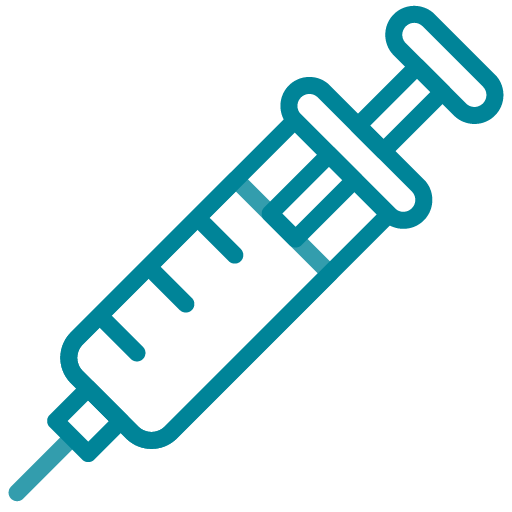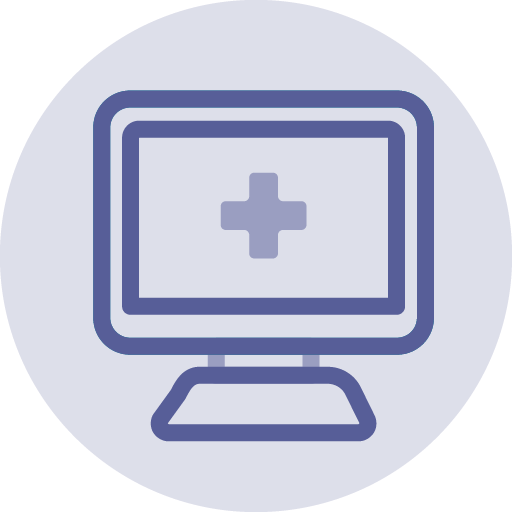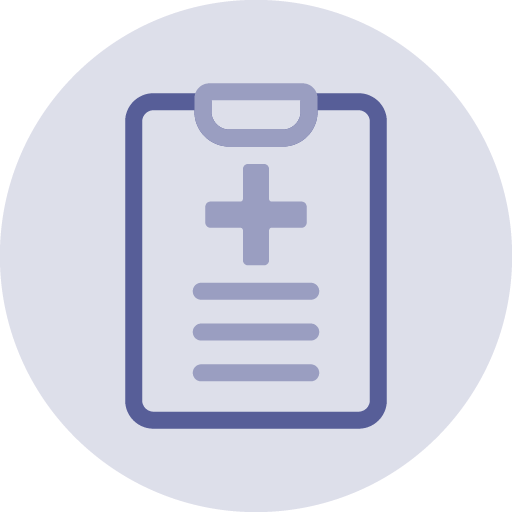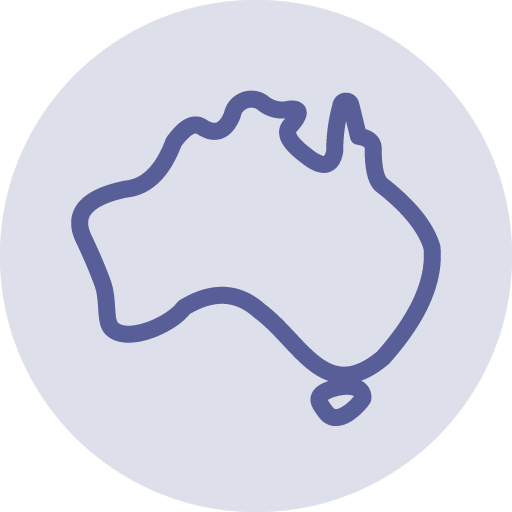This section tells you about the types of services that are available and how to contact them.
1800 telephone numbers are free when dialed from any Australian phone line including mobile.
Some advice HIV and AIDS organisations have Aboriginal and Torres Strait Islander project officers who can help.
Most states and territories have an AIDS Council, and some have offices in regional towns. AIDS Councils can tell you more about HIV as well as the best places to get help. Some of the AIDS Councils offer their own testing services as well as support services.
PLHIV stands for People Living with HIV. There are PLHIV organisations in most states and territories.
They provide a safe place for people with HIV to get together, as well as confidential (private) support, advice, and referral to services.
In some states, PLHIV services also have Positive Living Centres, which offer support services like free/cheap meals, vitamin supplements and counselling.

If you inject drugs, you can get new gear (needles, syringes, other injecting equipment) and helpful information from Needle and Syringe Programs (NSPs). You can ask the AIDS Council or your health worker where to find one near you.


